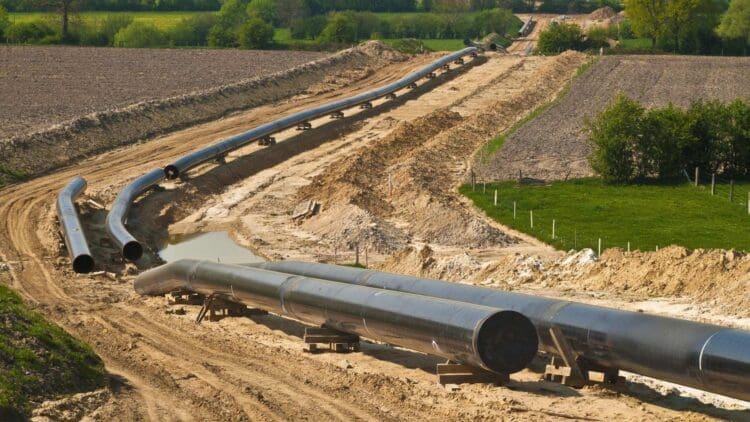The agnostic nature of the global energy sector has been on full display this year. Every other day, we hear of companies realigning their portfolios based on the current trends. Now, BP has reported that it expects a stronger Q3 upstream performance as the European continent faces an energy realignment away from fossil fuels towards the renewable energy sector. The company also noted higher refining margins in its products segment to boost earnings, but warned of a weak contribution from its oil trading division.
BP’s reported upstream production is expected to rise in Q3
BP is one of the largest and most influential companies in the world, and has been operating for decades. Through the ups and downs of the global economy, British Petroleum has remained the cornerstone of the global energy sector.
The company has stated that its third-quarter performance is expected to be significantly higher than in the previous three months, with its increased gas production being the major driver. However, in contrast to that positive performance in Q3, the company has warned of weak oil trading results and modest asset impairments.
BP sees improved performance in its substantial gas and low-carbon operations
The increased upstream performance was driven by its U.S. BPX Energy unit and improved performance in gas and low-carbon energy operations. BP’s refining margins have strengthened slightly, and the company has noted that, within Oil Production & Operations, realized prices remained relatively flat due to price lags in the Gulf of Mexico and the UAE.
Exploration write-offs are expected to be about $100 million higher than in Q2. The company’s Customers & Products segment, however, faced a very different reality, with seasonally stronger fuel sales and higher refining margins. Unplanned downtime at the Whiting refinery in the U.S, severe weather conditions, and environmental compliance costs have put a damper on its performance in Q3.
BP remains the cornerstone of the global energy sector through consistent annual performance
BP has become synonymous with consistent performance in the face of an ever-changing marketplace. It noted that post-tax adjusting items related to asset impairments are projected between $200 million and $500 million, and that net debt is expected to remain broadly flat at around $26 billion. This comes despite the company redeeming $1.2 billion in hybrid bonds in September and paying roughly $1 billion more in income taxes.
The company’s benchmark crude oil indicators have risen slightly from $67.88 in Q2 to $69.13 per barrel in Q3. While U.S. Henry Hub gas prices eased to $3.07 per mmBtu, BP’s refining indicator margin was slightly higher, up sharply from $11.9 per barrel the previous quarter to $15.8 per barrel on average this quarter.
Amid a volatile market dealing with the effects of tariffs and inflation, BP stands firm
As nations see massive projects being shut down amid an uncertain future in the market, BP is standing firm this quarter, and the expectation is that as the company diversifies its portfolio, the market will react accordingly due to the sheer size and influence of the company. As the world grapples with integrating the renewable energy sector, BP has several new ventures being commissioned this year, pointing to market resilience.
BP exemplifies the nature of the energy market at the moment
BP’s quarterly performance can be taken as an indicator of the current state of the international energy sector. The world has been ensnared by the need to diversify the energy sector through innovative projects that promote the renewable sector, as well as upgrading existing infrastructure to modernize aging projects. The United Kingdom has recently given the green light for a record-setting solar project, so the appetite for renewable energy is present, and BP will need to invest in the sector to improve performance for the next quarter.





